Wet how many days before risk of root rot?
David_Sweden
9 years ago
Featured Answer
Sort by:Oldest
Comments (13)
jean001a
9 years agodirtguy50 SW MO z6a
9 years agoRelated Professionals
Bellflower Landscape Architects & Landscape Designers · Garden City Landscape Architects & Landscape Designers · Brookside Landscape Contractors · Amesbury Landscape Contractors · Ashburn Landscape Contractors · Berkley Landscape Contractors · Dallas Landscape Contractors · Essex Landscape Contractors · Hayden Landscape Contractors · Kaysville Landscape Contractors · Melrose Landscape Contractors · Post Falls Landscape Contractors · River Ridge Landscape Contractors · San Rafael Landscape Contractors · Markham Landscape ContractorsKimmsr
9 years agoDavid_Sweden
9 years agojean001a
9 years agoDMForcier
9 years agoApacheRosePea00
9 years agoDavid_Sweden
9 years agoKimmsr
9 years agoApacheRosePea00
9 years agoDavid_Sweden
9 years agorhizo_1 (North AL) zone 7
9 years ago
Related Stories
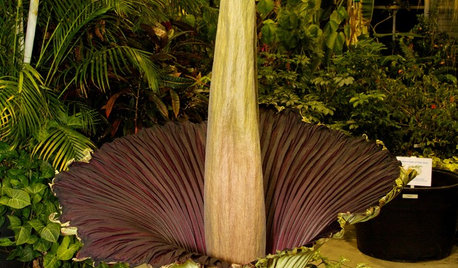
FUN HOUZZSmell This Shocking Flower at Your Own Risk
Don't say we didn't warn you: The foul scent of the rare and incredible corpse flower may knock your socks off
Full Story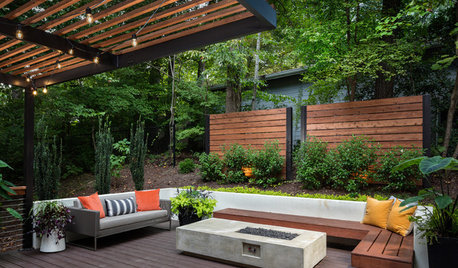
GARDENING AND LANDSCAPING8 Rot-Resistant Woods for Your Outdoor Projects
No need for chemical treatments on your deck or pergola. These woods stand up to weather, insects and time beautifully on their own
Full Story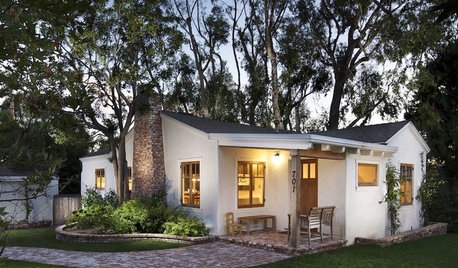
MOVING5 Risks in Buying a Short-Sale Home — and How to Handle Them
Don’t let the lure of a great deal blind you to the hidden costs and issues in snagging a short-sale property
Full Story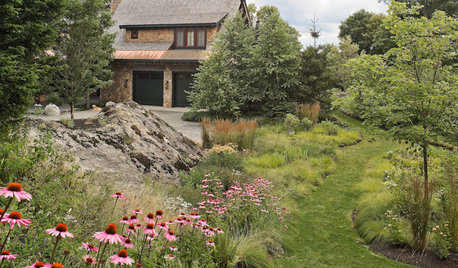
GARDENING GUIDES13 Risks to Take for True Garden Rewards
Go ahead, be a rebel. Breaking rules in the garden can lead to more happiness, creativity and connection with the earth
Full Story
DECORATING GUIDESDesign Risks From Mild to Wild
These interiors aren’t afraid to stand out — in fact, they embrace their distinctive features
Full Story
ARCHITECTURERoots of Style: Do You Live in a Minimalist Traditional House?
Cottages, bungalows, farmhouses ... whatever you call them, houses in this style share several characteristics. See how many your house has
Full Story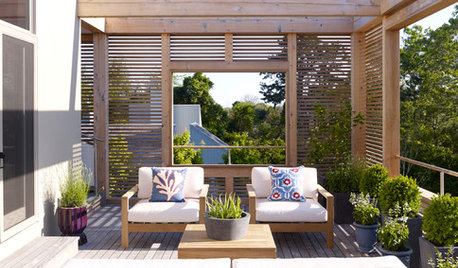
GARDENING AND LANDSCAPINGWhat to Know Before You Buy Teak Outdoor Furniture
Learn about finishes, weathering, care and that age-old oil debate to get the teak furnishings that suit you best
Full Story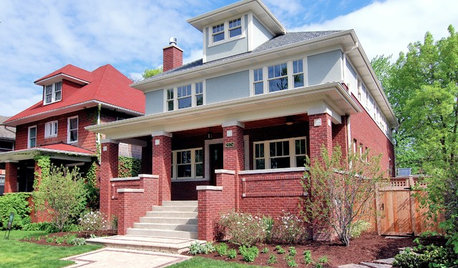
ARCHITECTURERoots of Style: The Eclectic American Foursquare
The turn-of-the-20th-century style transitioned U.S. residential architecture from the Victorian era to the modern age
Full Story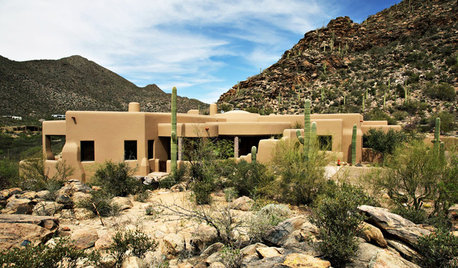
TRADITIONAL ARCHITECTURERoots of Style: Pueblo Revival Architecture Welcomes Modern Life
Centuries-old details of adobe construction still appeal in the desert Southwest, adapted to today's tastes
Full Story
ARTThe Beauty of Bonsai — Living Art, Rooted in Harmony
Create your own emblem of nature's balance with an art form dating back 1,000 years
Full Story





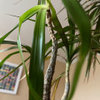

David_SwedenOriginal Author